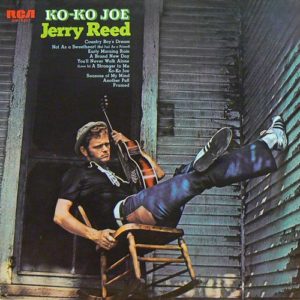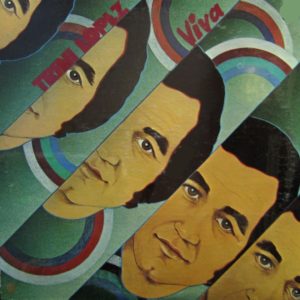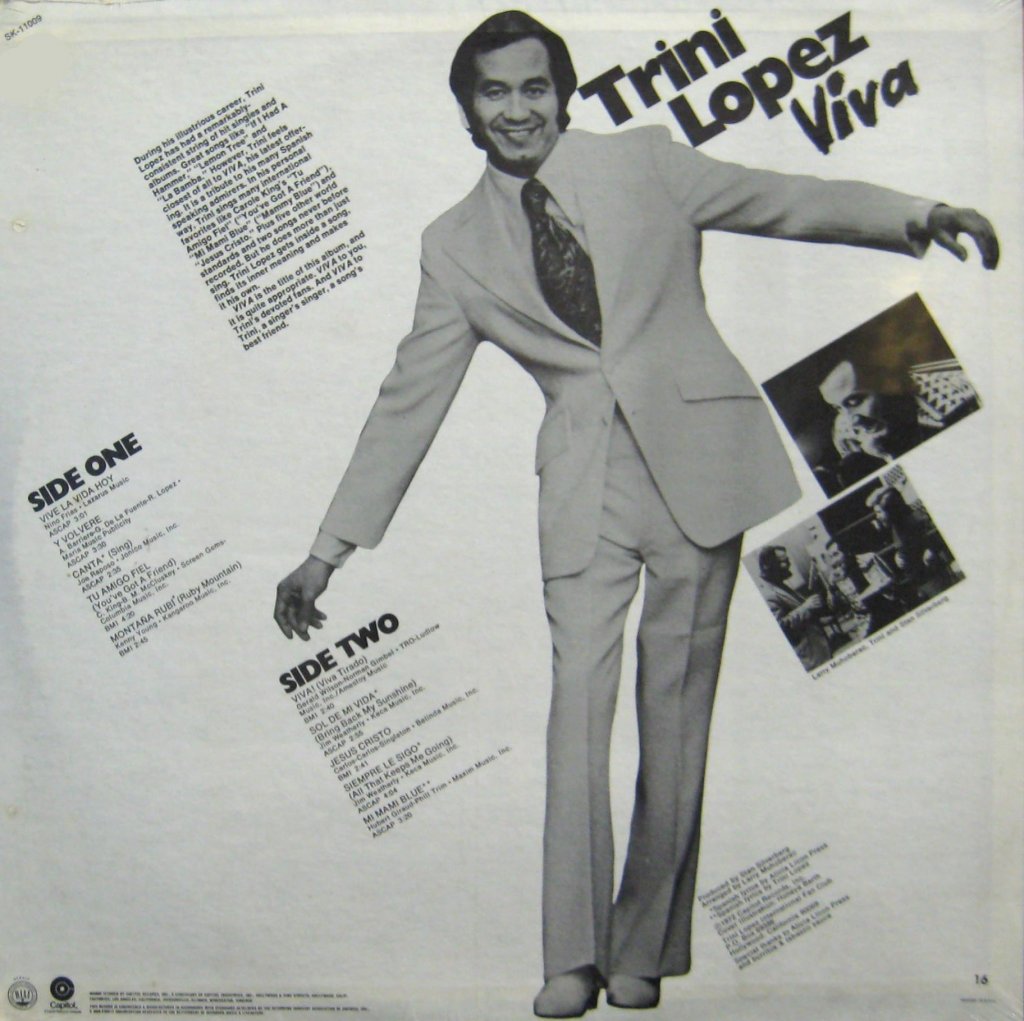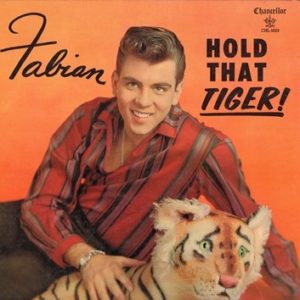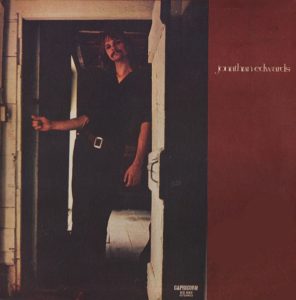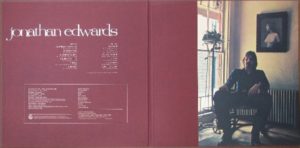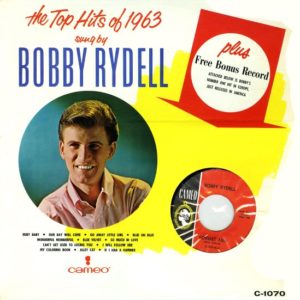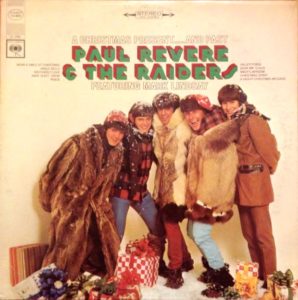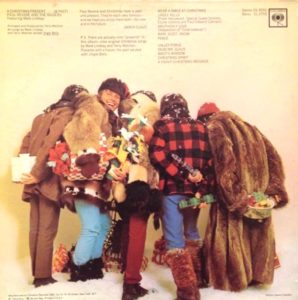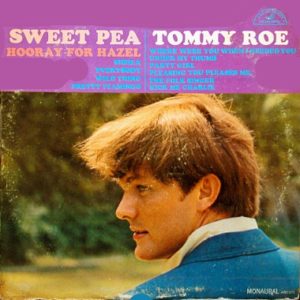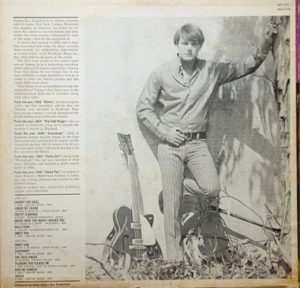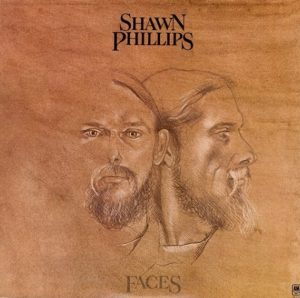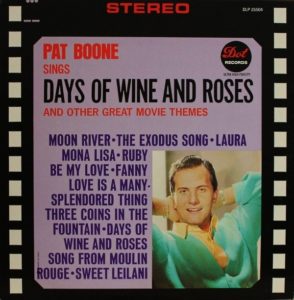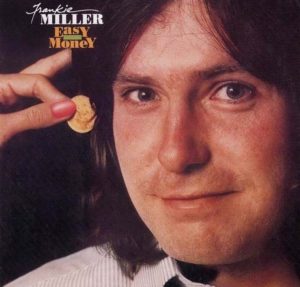I love Jerry Reed.
His voice and guitar are distinctive and even iconic.
He, though, unfairly gets stereotyped as a loud good ol’ boy singer mainly because his big hits (Amos Moses, When You’re Hot You’re Hot etc), were, errr, loud good ol’ boy hits and he reinforced that with the same image on television appearances and in many film roles.
But, Reed was more than that. He was a sensitive soul, not that he would admit it, who would frequently turn to contemplative songs – he put out many covers of gentle folk songs (at a time when folk had waned) and even an album of Jim Croce songs (another gentle giant who tripped between bravado and sensitive in his music).
Likewise he wasn’t afraid of mixing up musical styles. Just about everything was open to his musical palette. He started out in the late 50s in country rockabilly before moving to Nashville and becoming a top sessionman and songwriter before going solo again. Whilst there he dug into his musical memory and stuck his toes in all sorts of country styles (Progressive Country, Traditional Country, Countrypolitan, Cajun) as well as jazz, light blues, folk, rock and popular.
Also, across his music he injects a good dose of humour, and not subtle humour either, but humour which is the equivalent of the broadest slapstick. Despite the fact that country music is littered with humorous songs (probably as a counterweight to the tragic material which is the norm to country music) the overabundance of humorous songs doesn’t endear Reed to contemporary tastemakers who would rather have thematically consistent albums, or a group of songs that reflects a point of view, and, usually, cynical, dour or negative points of view.
So Reed’s eclectic and quirky nature works against him.
The allmusic review of this album sums up that, “A largely eclectic and overproduced work, Ko-Ko Joe isn't a great Jerry Reed album. From the loose Creedence Clearwater Revival meets the Charlie Daniels Band boogie of the title cut, to the countrified Tom Jones-like quality of the more pop-oriented "You'll Never Walk Alone" and "A Stranger to Me," the set lacks consistency. A four-minute mock anti-smoking dialogue, which appears to be more of a comedy piece than anything, is followed by a dead-serious cover of Gordon Lightfoot's "Early Morning Rain." Anthemic pop songs, straight country, and more blues-oriented songs are also included, making this a rather confusing and difficult listen” http://www.allmusic.com/album/ko-ko-joe-mw0000888189
But, what the allmusic reviewer sees as a fault I see as a strength. The mix of material may just be a bunch of songs randomly selected but they do seem to sum up life with all its changes in emotion, its ups, downs, its humour and sadness.
There is a lot going on and ultimately this hodgepodge isn’t that different to other Jerry Reed albums.
I love my Jerry a little ragged but this album is quite slick (cello, viola, violin, bongos all make appearances) being caught in the wake of Nashville before the rise of outlaw country.
And if you like Jerry Reed there are some treasures here … and it fits all moods. And that works on me, the listener.
Check out my other comments on Reed for biographical details.
The album was produced by Chet Atkins. Jerry Hubbard and jerry reed Hubbard are aliases for Jerry Reed.
Tracks (best in italics)
Side One
- Ko-Ko Joe – (Jerry Reed Hubbard) – a good ol boy song and a hoot. https://en.wikipedia.org/wiki/Ko-Ko_Joe
- Another Puff – (Earl Jarrett, Jerry Hubbard) – Casual humour with a bite. Jerry died in 2008 of complications from emphysema but I have no idea if he was a regular smoker. The "Chester B." referred to in the song is Chester Burton Atkins aka Chet Atkins.
- Early Morning Rain – (Gordon Lightfoot) – This is a great version of the song even with the strings. There is something convincing about Southerner singing about being "long ways from home". Bob Dylan recorded Early Morning Rain on his 1970 album "Self Portrait", Elvis Presley released it twice, first on "Elvis Now" (1972) and later on the live album "Elvis in Concert" (1977). It was a small hit for Peter Paul and Mary in 1965 (#91US), George Hamilton IV took it to #9 on the US Country chart in 1966. It even scraped into the UK Top 40 in the last spot, for Paul Weller in 2005. It was also recorded, in 1965, by fellow Canadian husband and wife duo Ian & Sylvia as well as Grateful Dead in the same year. Judy Collins, Chad & Jeremy, Jerry Reed and Jerry Lee Lewis have also recorded the song – Neil Young recorded it on his recent album, "A Letter Home"(2014). Lightfoot recorded the song in 1964 but it didn’t appear by till his self-titled solo album in 1966 (he re-recorded it for "Gord’s Gold") (1975)).https://en.wikipedia.org/wiki/Early_Morning_Rain
- A Brand New Day – (John Ragsdale) – it seems to have been first recorded by Jerry. A big mid tempo power ballad, country style with some quirky delay on the guitar.
- Not As A Sweetheart (But Just As A Friend) – (Cindy Walker) – this country weepie was written by the magnificent Cindy Walker. This may be the first recording of the song, though Jim Ed Brown (of The Browns) also recorded a version on his album “She’s Leavin” which also came out in 1971 and was also on RCA.
Side Two
- You'll Never Walk Alone – (Richard Rodgers-Oscar Hammerstein) – This has been done by everyone but I like to think he got his inspiration from the Elvis Presley version from 1968 (perhaps given weigh by the fact the song was included as the title song on an the Elvis gospel compilation album, “You’ll Never Walk Alone” released in 1971 on RCA) though Reed doubles the pace on the song (and no one has done that before as far as I know). It's unusual hearing it at this pace but it is such a good song it still works. https://en.wikipedia.org/wiki/You%27ll_Never_Walk_Alone
- (Love Is) A Stranger To Me – (Jerry Reed Hubbard) – There is big production on this song which is very catchy.
- Country Boy's Dream – (Ernie Newton) – first recorded by The Browns in 1967 on their RCA album “Browns Sing the Big Ones from Country” and on which Jerry played guitar on. Another up tempo number in the good ol boy style with some great electric guitar.
- Seasons Of My Mind – (Sonja Bird Yancey) – Young songwriter, Sonja Bird Yancey, was 13 when Jerry recorded this which is odd given the sensitive adult themes in the song. Well, they were worldly early in the South, perhaps. It was the first recording of the song.
- Framed – (J. Leiber-M. Stoller) – The first recording was by The Robins (1954) and Ritchie Valens also recorded it in 1958. A fun version which again fits in the good ol boy style.
And …
Call me old fashioned. Better still, mix me a Old Fashioned … I'm keeping it.
Chart Action
US
Singles
1971 Ko-Ko Joe #11 Country, #51 Pop
1972 Another Puff #27 Country, #65 Pop
Album
1971 #7 Country, #153 Pop
England
nothing
Sounds
Ko-Ko Joe
live with Glen Campbell
https://www.youtube.com/watch?v=8JmNo_HkDuA
Another Puff
live
https://www.youtube.com/watch?v=FxogOzQPqY4
Early Morning Rain
mp3 attached
A Brand New Day
https://www.youtube.com/watch?v=v1YiJ_DxSRE
Not As A Sweetheart (But Just As A Friend)
https://www.youtube.com/watch?v=I6r4CmTQd2E
You'll Never Walk Alone
https://www.youtube.com/watch?v=rctlilVAQpM
(Love Is) A Stranger To Me
https://www.youtube.com/watch?v=VQeRGKBlWVw
Country Boy's Dream
https://www.youtube.com/watch?v=yvyv-Zq1GUE
Seasons of My Mind
https://www.youtube.com/watch?v=HkrM9JR3XGs
Framed
https://www.youtube.com/watch?v=TuiU8dJAaD0
Others
https://www.youtube.com/watch?v=95V1XJZ2xYE
https://www.youtube.com/watch?v=mRYVxLtNy7A
https://www.youtube.com/watch?v=UFGZM7k951Y
With Glen and Larry McNeely (and John Wayne)
https://www.youtube.com/watch?v=fX04ZQ_BTyI
Review
http://www.allmusic.com/album/ko-ko-joe-mw0000888189
Bio
http://www.allmusic.com/artist/jerry-reed-mn0000334644/biography
https://en.wikipedia.org/wiki/Jerry_Reed
https://en.wikipedia.org/wiki/Cindy_Walker
Website
https://www.facebook.com/jerryreedfanpage/
Trivia
- On Sonja Bird Yancey who wrote “Seasons Of My Mind” … "Her career began at the age of 12 when she met musician Vernis Pratt at a Merle Haggard concert in Hazard in 1970. “I ran down and told him I wrote songs. He and his wife came over and listened to my music and took me straight to WKIC and made a tape. We all knocked on doors – you could do that then,” she said. At a restaurant in Nashville, Miss Yancey talked to “a man in a funny fishing hat.” It was singer Jerry Reed. “I didn’t know who he was but I told him I was a songwriter. He asked me to come to his office the next morning and he published seven of my songs and signed me as an exclusive songwriter with his company, Vector Music,” said Yancey". https://www.facebook.com/180785432011304/photos/a.180837378672776.42395.180785432011304/1105502769539561/?type=3&theate

